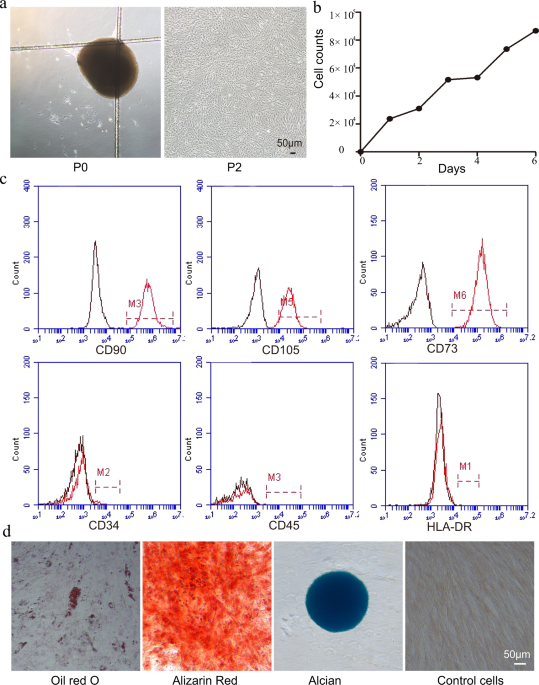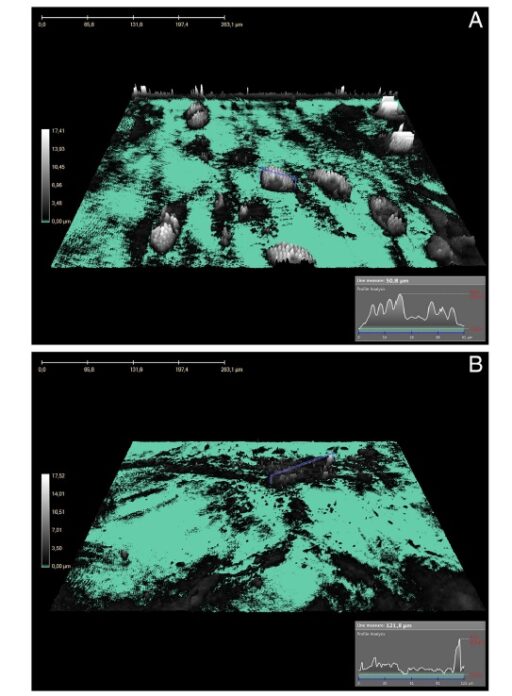Advancing Stem Cell Research with Quantitative Live Cell Imaging
Stem cells are extremely sensitive and vulnerable to fluorescent labeling or strong laser power. The HoloMonitor live cell imaging system uses non-invasive digital holography to monitor stem cells without the need for any toxic labeling or staining. Therefore, you can image your precious stem cells for as long as you want in their native state.

A label-free live cell analysis tool
Find out how HoloMonitor can accelerate your stem cell research!
Study synergistic effects between KLF2+ hMSCs and HUVECs in bone regeneration
Mesenchymal stem cells (MSCs) are undifferentiated stem cells with the potential to differentiate into multiple lineages and are widely used as cell sources in bone tissue engineering. In addition, the co-culture of MSCs with endothelial cells (ECs) has attracted a great deal of interest in the development of strategies to achieve vascularized bone in recent years.
In this publication, the authors identified Krüppel-like Factor 2 (KLF2) as a marker of MSCs related to stemness. Moreover, the results showed that KLF2+ MSCs promoted angiogenesis of human umbilical vein ECs (HUVECs), influenced its migration speed via secretion of angiogenic factors and showed an osteogenic differentiation effect.
On-demand webinar
The secrets to truly controlled cell experiments for stem cell research
Learn more about why non-invasive live cell imaging is perfect for today’s stem cell research.
Discover HoloMonitor Live Cell Assays
Learn more about what you can do with HoloMonitor
Enable stem cell research with quantitative live cell imaging
The 48-hour time-lapse shows differentiating human induced pluripotent stem (iPS) cells.
Time-lapse of stem cells grown on microgrid arrays from Micro surfaces.
Browsing publications in stem cell research
Get inspired by other research fellows, and learn how HoloMonitor quantitative live cell imaging can benefit your stem cell research:

Exosomes derived from mesenchymal stem cells repair a Parkinson’s disease model by inducing autophagy
Journal: Cell Death and Disease (2020)
Research Areas: Stem cell research
Cell Lines: hucMSC

Colony Formation, Migratory, and Differentiation Characteristics of Multipotential Stromal Cells (MSCs) from “Clinically Accessible” Human Periosteum Compared to Donor-Matched Bone Marrow MSCs
Journal: Stem Cells International (2019)
Research Areas: Stem cell research
Cell Lines: Primary BM and primary MSC

KLF2+ stemness maintains human mesenchymal stem cells in bone regeneration
Journal: Stem Cells (2019)
Research Areas: Stem cell research
Cell Lines: hMSC, HUVEC

A Biophysical Approach to Quantify Skeletal Stem Cells Trans-differentiation as a Model for the Study of Osteoporosis
Journal: Biophysical Chemistry (2017)
Research Areas: Stem cell research
Cell Lines: hBM-MSCs

Interleukin-6 blockade attenuates lung cancer tissue construction integrated by cancer stem cells
Journal: Scientific Reports (2017)
Research Areas: Cancer research
Cell Lines: A549

Biophysical characterization of nanostructured TiO2 as a good substrate for hBM-MSC adhesion, growth and differentiation
Journal: Experimental Cell Research (2017)
Research Areas: Materials of Science
Cell Lines: hBM-MSC

With the HoloMonitor M4 we are able to easily distinguish different cell types by their unique size, shape, and movement patterns. We can’t wait to see what new biology we will discover with this innovative approach!
Alexander Payumo
San Jose State University


